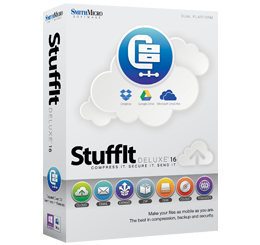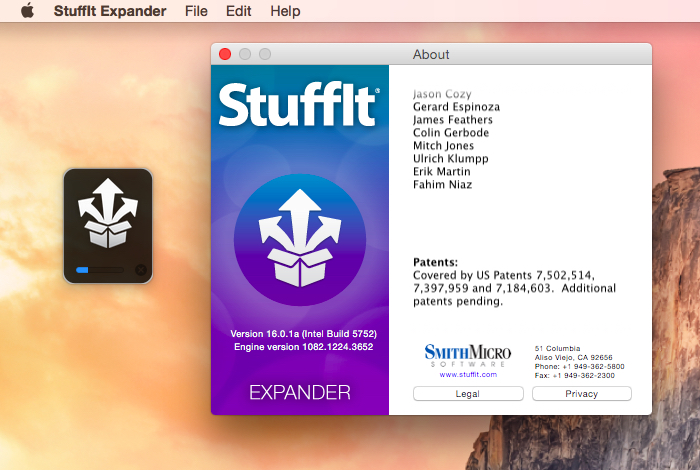
Now if this seems like a bit of excessive hyperbole to you, you may be right, but it is hyperbole grounded in personal experience. These horses were saddled with the twin disasters that were Windows 2.1 and Windows 3.0, resulting in an overall user experience that can only be likened to cold molasses running uphill.
#STUFFIT EXPANDER SYSTEM 7 MACINTOSHREPOSITORY PC#
Intel 80386 processors running at 12 to 33 MHz were the racehorses of the PC world. In 1988, the competitive offer from the PC camp was a sad thing indeed. Lets stop and consider that competition for a moment. At the time, the combination of the Motorola 68030 and Macintosh System 6 was a slam-dunk against the competition.Ī Brief Look Back – System 6 And Its Competition Its principal hardware running mate in the Apple product family of the day was Motorola’s 68030 processor, running at speeds up to the Mac IIfx’s “wicked fast” 40MHz. What was System 6’s “time in the sun”? Well, System 6 debuted in 1988 and was Apple’s primary OS offer until it was replaced by System 7 in 1991. The reasons for this will hopefully become apparent as you read through what follows, and are largely a function of System 6’s “time in the sun”, and what the computing world was like at that time. The difference between System 6 and System 7 is enormous, and for beginners it is my guess that System 7 (or later) will serve your interests much more easily.

If you have never dabbled in the world of vintage Macs before, I would not recommend System 6 as the place to start.

Despite the visual similarity to System 7 and later releases of Mac OS, the operational reality of System 6 is quite different. Let’s assume that you have decided to dive into System 6 head first, as I did just recently.Ī whole new universe awaits you, and for those who are familiar with System 7 or later, it will take both some unlearning and some new learning to become proficient in this older, smaller but nonetheless very appealing environment.


 0 kommentar(er)
0 kommentar(er)
